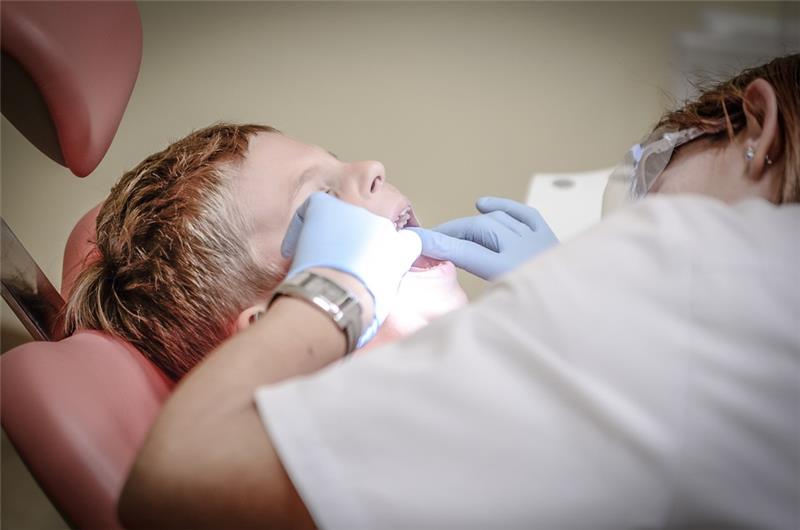What is Bonding? Bonding Advantages
Bonding is an aesthetic dentistry solution that is applied to give an aesthetic appearance by gluing composite filling materials to the teeth without causing any damage to the teeth. The application is carried out in a way that does not cause any damage or wear on the teeth. Bonding, which is among the preventive dentistry applications, gives very effective, successful, and sustainable results in cases with various deformations in the teeth.
Bonding Advantages
Many advantages can be mentioned for the bonging application performed by an experienced, competent, and expert dentist. It is a dentistry application that can be applied with a high degree of success and is attractive in terms of prices, especially since the procedure is completed in a short time in a practical way, there is no trouble in terms of the case, and there are no factors that negatively affect patient comfort such as pain and suffering. The main advantages of the bonding application are:
-
Cutting, extraction, reduction, abrasion, etc. processes are not applied to the teeth.
-
In cases where there is a gap between two teeth, the gaps are closed with an aesthetic approach without damaging the teeth.
-
If the number of teeth subject to the application is limited to a "single" tooth, it is usually completed in one session.
-
There is no comprehensive maintenance procedure following the application. The recovery period is also very short, like one day, if the oral and dental care routine is followed.
-
If it is applied to fill the gaps between the teeth, the formation of bacteria in the mouth is prevented as the tooth gaps where bacteria settle will be closed, and it acts as a preventive - protective against the problems that threaten the oral and dental health due to bacteria.
-
It provides a more aesthetic appearance by eliminating the factors that adversely affect dental aesthetics.
-
It offers permanent whiteness when it comes to yellowing, darkening, etc.
-
It is low cost compared to alternative options such as crown, leaf porcelain, or laminated porcelain.
-
The average – depending on the case – is completed in an hour. It does not interfere with the patient's daily schedule.
-
Pain, aches, etc., factors that disturb comfort are not in question.
How Is Bonding Made?
Bonding is a dental practice that does not require an extensive preliminary and application procedure.
Although there are slight differences from case to case, bonding is done as follows:
-
Color selection is made. The dentist and the case evaluate the color to be used in the application, and a decision is made on a color. The color is determined by considering the demands, needs, and expectations of the person concerned.
-
In the bonging application, the medical material, which has a holding feature, is applied to the teeth that are the subject of the application.
-
The composite is adhered to the related teeth.
-
In order to harden the composites, laser technology is assisted.
-
The process is completed by shaping and polishing.
Considerations After Bonding
Although there is no comprehensive post-treatment procedure following the bonding application, there are some important points to be aware of. First of all, regular brushing and flossing should be continued as before bonding. It is not necessary to apply an additional care in order to protect oral and dental health. It is sufficient to brush teeth periodically, use dental floss and apply to the dentist at regular intervals.
-
It is necessary to be sensitive when consuming foods with high strength, hard structure, and shell, and avoid behaviors that will adversely affect dental health, such as breaking nuts with the help of teeth.
-
It is important to visit the dentist every six months and request a general examination. It will be the best approach to take early precautions against possible problems in the future, and to take a quick action and benefit from preventive dentistry solutions.
Living and non-living elements that cause caries are usually nested between the teeth. Cleaning between the treated teeth with the help of dental floss – without damaging the teeth and gums – is a preventive and extremely practical application against tooth decay. We have stated the "general" points to be considered after bonding. Depending on the case, a "special" procedure may also be used. This specific procedure can only be applied at the discretion of the dentist if the case requires it.
In summary, bonding, which can be completed painlessly and painlessly with a very practical and short-term procedure, is a dental practice that can be used for satisfactory periods such as 5-10 years if the necessary attention is paid to oral and dental health. Finally, in order to achieve the expected success from the application, it will be the best approach to get help from an experienced dentist in a professional dental clinic.

